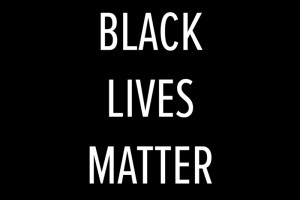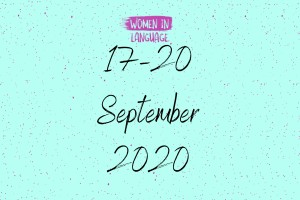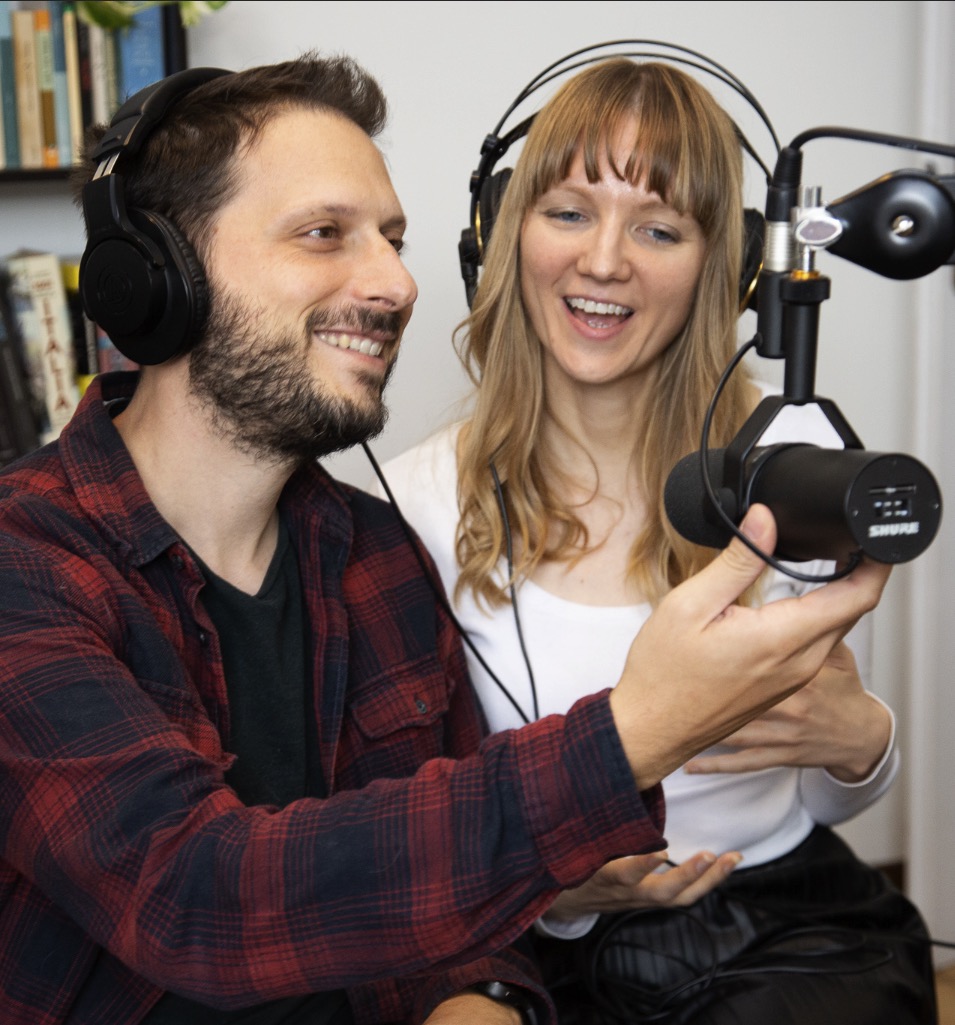What’s the difference between a Spanish learner and a native speaker?
There are obvious things, like pronunciation and grammar.
But there’s another difference that people hardly ever talk about. Little words that Spanish speakers use all the time, but that you won’t find in a typical Spanish lesson or textbook.
The good news is, they’re quick to learn and instantly help you sound more native.
In this post, you'll learn what Spanish filler words are and how they can help you speak Spanish better.
We’ll cover:
- 19 little words that will help you sound more Spanish when you talk.
- The difference between “eh” and “ah” in Spanish (it's bigger than you might think!)
- A video tutorial on how to use Spanish filler words like a native.
- A Spanish conversation with realistic examples.
- Bonus: A mini lesson on how to pronounce b + v in Spanish!
What are Spanish Filler Words?
Filler words are little words and noises like “uhm”, “so”, “well”, “sort of”, “I mean”, “right” and “you know”. They're called filler words because we use them to fill in the gaps while we’re thinking about what to say next. Every language has their own set of filler words. A few examples in Spanish are:- Bueno
- Pues
- Eh
- Ah
- Oye
Why Should I use Spanish Filler Words?
If you want to sound more native when you speak Spanish, filler words are a great place to start. They’re handy for two reasons:They buy you thinking time
When you speak Spanish, you might feel nervous about having long pauses while you think about what you want to say next. But even native Spanish speakers hesitate sometimes and when they do, they use filler words. If you can use the same words that native speakers use when they pause, this will help you stay in “Spanish” mode while you organise your thoughts. You’ll come across as a little more fluent, even while you’re hesitating!They make you sound (and feel) more Spanish
Filler words don’t change the meaning of a sentence - the sentence would still make sense without them - but they make a big difference to how your speech sounds. Imagine I ask you this question: ¿Quieres ir a la biblioteca? Do you want to go to the library? Without filler words, you could answer like this: No. With filler words, you could say something like: Pues… ahora mismo, no… Hmm, not right now, no. Sprinkling in some Spanish filler words is a bit like adding condiments - they’re not the main ingredients, but they add a lot of Spanish flavour. When you use them, you’ll feel more Spanish and your speech will sound more natural to Spanish ears. That said, not all Spanish filler words are the same. There are different filler words for different situations, so it’s important to learn how to use them correctly. To help you drop them into the conversation smoothly, Nacho from Nacho time Spanish is here to teach you some Spanish filler words and how to use them in real life. Below the tutorial video, you’ll also find:- An explanation of each word with example sentences.
- A video conversation in Spanish so you can see them being used in action.
- A free PDF download with the notes from today's lesson.
Spanish Filler Words: Video Tutorial
Get the PDF with all the examples here: Spanish Filler Words (PDF)1) “Pues” – To answer questions you weren’t expecting
—¿Qué quieres que haga para desayunar? —Pues… podrías hacer tostadas con aguacate. “What do you want me to make for breakfast?” “Hmm… you could do avocado on toast”2) “Pues” — To signal a direct response to what was previously said
—Me estoy muriendo de frío. —Pues haberte traído un jersey “I’m freezing my ass off” “You should have brought a sweater, then”3) “Bueno” y “Vale” — To agree without a lot of enthusiasm
—Tu habitación está hecha un asco. Ve ahora mismo a limpiarla. —Bueno, pero me parece que tampoco es para tanto. “Your room is a mess. Go clean it right now” “Okay, but I don’t think it’s that bad”4) “Oye” y “Mira” — To request someone’s attention (or to indicate a non-neutral statement)
—¿A qué hora vamos al cine? —Oye, se me olvidó decírtelo, pero ya he quedado con Roberto. “When are we going to the movies?” “Listen, I forgot to tell you, but I’ve already made plans with Roberto”5) “Venga” y “Vamos” — To encourage someone to take action
—¿Has visto mis zapatos? No los encuentro. —¿Pero todavía no estás listo? ¡Venga, que no llegamos! “Have you seen my shoes?” I can’t find them. “You’re not ready yet? Come on, otherwise we’re not going to make it!6) “Es que” — To give excuses and explanations
—¿No me dijiste que ibas a lavar los platos? —Es que me he puesto a mirar cosas en Instagram y al final no me ha dado tiempo. “Didn’t you say you were going to do the dishes? “Well, the thing is… I start going through my Instagram and I ended up running out of time.Spanish Filler Words: Example Conversation (advanced)
The best way to learn Spanish vocabulary is to hear it being used. In this video, Nacho and I will switch over to Spanish so you can see these Spanish filler words in action (+ a few bonus ones).Transcript
Get a PDF with the full transcript here: Spanish Filler Words (PDF) Nacho.—¿A que no sabes con quién me encontré ayer por la calle? Katie.—Pues, no sé. Sorpréndeme. Nacho.—¡Con Alberto! Mi antiguo jefe. Resulta que dentro de poco es su cumpleaños y me ha dicho que estamos invitados a la fiesta que está organizando en su casa. Katie.—Ah, pues dile que muchas gracias, pero no creo que vaya. Habré hablado con él dos veces en mi vida y en esa fiesta no creo que conozca a nadie. Nacho.—Bueno, ¿y eso qué más da? Me conoces a mí. Y con él, ya hablarás el viernes. Así que no le vayas a hacer un feo ahora. Encima que te invita… Katie.—Oye, a ti esto de darle la vuelta a la tortilla se te da muy bien, ¿sabes? Deberías de trabajar de comercial. Ganarías una pasta. Nacho.—¡Venga, mujer! Que no es para tanto. ¿Tenías otro plan para este viernes? Katie.—Es que no sé si me apetece pasarme el viernes en una fiesta de un tío que no conozco de nada. Nacho.—Mira, vamos a hacer una cosa. El viernes por la tarde te vienes a mi casa, nos preparo algo para cenar, nos tomamos un par de cubatas y luego vamos a la fiesta de Alberto. Estamos allí una horita y si nos aburrimos, nos vamos. ¿Eh? ¿Qué te parece? Katie.—Bueno, vale. De acuerdo. Pero nada de pizzas congeladas como la última vez. O cocinas algo de verdad o no pienso poner un pie en tu casa. Nacho.—O sea, que si no me lo curro, me quedo sin fiesta. Katie.—Exacto. Nacho.—Venga. Pues, ¡trato hecho! A ver qué tal me sale. 😅Today's Spanish Filler Words
So you can keep them all together, here's a handy list of all the Spanish filler words Nacho and I talked about in the videos.- Ah! (To express surprise, like the English "oh!")
- Pues (Hmmm)
- Eh (Well)
- Bueno (OK, without enthusiasm)
- Vale (OK, without enthusiasm)
- Oye (Listen)
- Mira (Look)
- Venga (Come on)
- Vamos (Come on)
- Es que (The thing is)
- A que no (You'll never guess)
- Resulta que (It turns out that)
- Ya (something that hasn't happened yet, but will in future)
- Así que (so)
- Encima que (on top of that)
- Esto de (this stuff about)
- Sabes (You know)
- O sea (In other words)
- A ver (let's see/we'll see)




